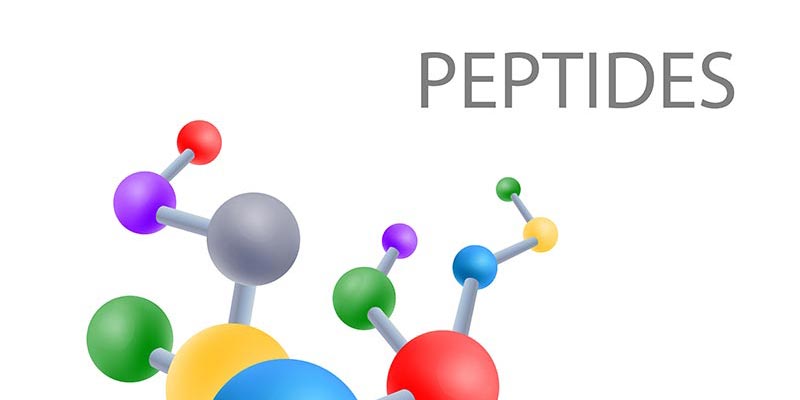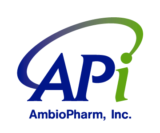This is sometimes very confusing to a scientist working with peptide testing for the first time. The certificate of analysis (CoA) states the purity of the product is >98% by HPLC or UPLC but also has additional data called peptide content. The peptide content value is the actual amount of peptide present in the sample relative to other molecules which are present such as H2O, acetate or TFA, and residual solvents remaining following lyophilization. Typical peptide content levels are between 70 and 90%. Depending upon the nature of the peptide it can be higher or lower. For example, a peptide which is rich with Arg residues will bind more salt (acetate or TFA) and are typically more hygroscopic. Thus, you may see lower peptide content values for these types of peptides and higher levels of acetate or H2O.


 中文
中文